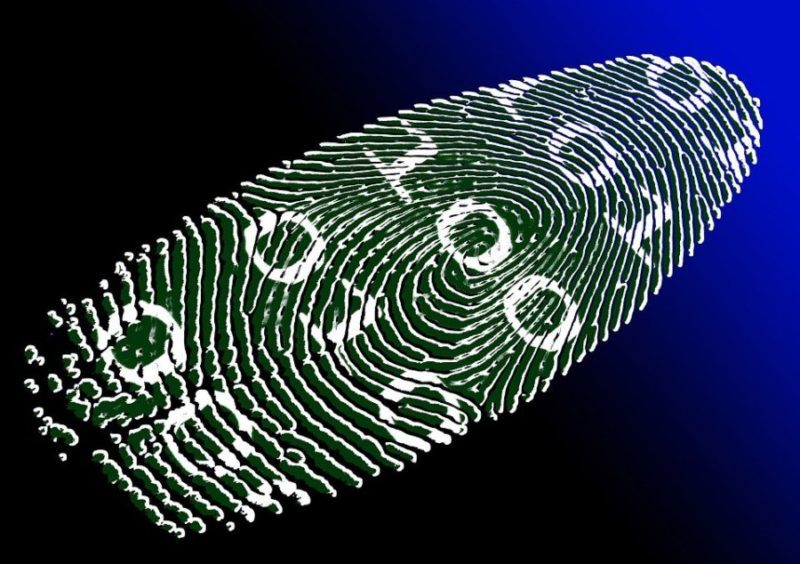2 Seamless Ways Metaverse Works In Education Sector
Imagine a virtual classroom where teachers and students can interact even though they are geographically separated, thanks to Virtual Reality (VR) headsets. The instructor takes the pupils on a virtual museum tour where he educates them about several dinosaur species in a 3D environment. With the aid of their instructor, who they can see as a 3D avatar, the students tour the dinosaur models, inquire about them, and learn more about them. In the metaverse, schooling will look like that in the future.
How the metaverse works and what it is related to education
The term “metaverse” can refer to a networked system of 3D virtual environments. Through a virtual reality headset, people can enter these worlds and move about them by utilizing their voice or eye movements. Additionally, it is accessible via augmented reality (AR) headsets, phones, consoles, and connected devices.
A metaverse-style virtual environment has a lot of promise to offer a platform for interaction between students, instructors, and staff in a setting that can be completely adjustable to meet varied demands. The metaverse allows educators to create a more immersive manner of learning. The metaverse can assist develop virtual worlds that could help teachers connect with pupils regardless of geographical boundaries when the present educational system is criticized for being cut off from the actual world.
The 2-year plan refers to the #Metaverse as a new form of IT integration and innovation that would drive #Web3 growth. The plan demands that various districts build technological infrastructure at a city level and promote its use in education, tourism and more. pic.twitter.com/TBVER4c6g2
— Vijay Pravin (VP) (@VijayPravinM) August 25, 2022
Ways to investigate in the metaverse for higher education
Higher education has a lot of potential in the metaverse. For instance, virtual college tours are increasing students’ access to colleges. Ethnic and low-income kids who may not have the time or resources to travel for a tour will find these visits more accessible. The conventional college trip changed to an online experience during the pandemic. These virtual tours are now moving to the metaverse, giving students the chance to experience college or campus life virtually.
Some schools and universities are already looking into how to create learning experiences enabled by the metaverse. In the US, the University of Miami provides immersive learning opportunities in fields like medicine, architecture, behavioral science, and climate change. Under the university’s XR project, medical students can practice administering anesthesia in a mock operating room.
When physical schools and colleges were closed because of the Covid-19 pandemic, higher education institutions employed modern technologies to increase access and broaden their reach. Numerous educational institutions investigated the potential of the metaverse and related extended-reality (XR) methods. The pandemic’s newfound uses for technology and professors have already demonstrated how the metaverse may be investigated for higher education. It promises to revolutionize education through innovative technologies that will coexist on a single platform in a 5G environment.
Also, read – University Education In Metaverse: A Revolution Awaiting
Future and the metaverse’s emergence
Science fiction author Neal Stephenson’s 1992 book “Snow Crash” is where the phrase “metaverse” first appeared. The idea has since been developed in computer games and films like “Avatar.” In addition, the term “metaverse” has gained popularity since Mark Zuckerberg changed Facebook’s name to Meta in October 2021.
The metaverse, which some have dubbed the internet’s future, promises to be much more. According to a white paper written for Meta in May, the metaverse economy might be valued at more than USD 3 trillion globally in a decade. The unbundling of higher education is increasing thanks to Metaverse, and it will change how we think about distance learning.
Technology will likely resolve many issues, but there are some drawbacks. Interoperability, for instance, is one of the key issues facing the metaverse ecosystem. Making sure that digital assets developed in one metaverse may be utilized in another will be one of the important considerations in its acceptance. Despite these difficulties, the metaverse has great potential to impact many fields, including education. The coming years will determine how virtual reality world learning integrates with the current educational frameworks and what value it adds.
Stay informed with daily updates from Blockchain Magazine on Google News. Click here to follow us and mark as favorite: [Blockchain Magazine on Google News].
Get Blockchain Insights In Inbox
Stay ahead of the curve with expert analysis and market updates.
latest from tech
Disclaimer: Any post shared by a third-party agency are sponsored and Blockchain Magazine has no views on any such posts. The views and opinions expressed in this post are those of the clients and do not necessarily reflect the official policy or position of Blockchain Magazine. The information provided in this post is for informational purposes only and should not be considered as financial, investment, or professional advice. Blockchain Magazine does not endorse or promote any specific products, services, or companies mentioned in this posts. Readers are encouraged to conduct their own research and consult with a qualified professional before making any financial decisions.

 Bitcoin
Bitcoin  Ethereum
Ethereum  XRP
XRP  Tether
Tether  Solana
Solana  Dogecoin
Dogecoin  USDC
USDC  Cardano
Cardano  Lido Staked Ether
Lido Staked Ether  TRON
TRON  Avalanche
Avalanche  Stellar
Stellar  Sui
Sui  Wrapped stETH
Wrapped stETH  Chainlink
Chainlink  Toncoin
Toncoin  Shiba Inu
Shiba Inu  Wrapped Bitcoin
Wrapped Bitcoin  Hedera
Hedera  Content Bitcoin
Content Bitcoin  Polkadot
Polkadot  WETH
WETH  Bitcoin Cash
Bitcoin Cash  LEO Token
LEO Token  Uniswap
Uniswap  Litecoin
Litecoin  Hyperliquid
Hyperliquid  Pepe
Pepe  Bitget Token
Bitget Token  Wrapped eETH
Wrapped eETH  USDS
USDS  NEAR Protocol
NEAR Protocol  Ethena USDe
Ethena USDe  Aptos
Aptos  Internet Computer
Internet Computer  Aave
Aave  POL (ex-MATIC)
POL (ex-MATIC)  Ethereum Classic
Ethereum Classic  Render
Render  Cronos
Cronos  Virtuals Protocol
Virtuals Protocol  Mantle
Mantle  Monero
Monero  Algorand
Algorand  MANTRA
MANTRA  Bittensor
Bittensor  Dai
Dai 



